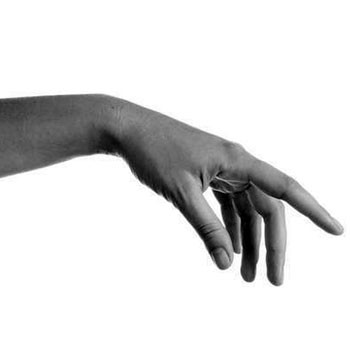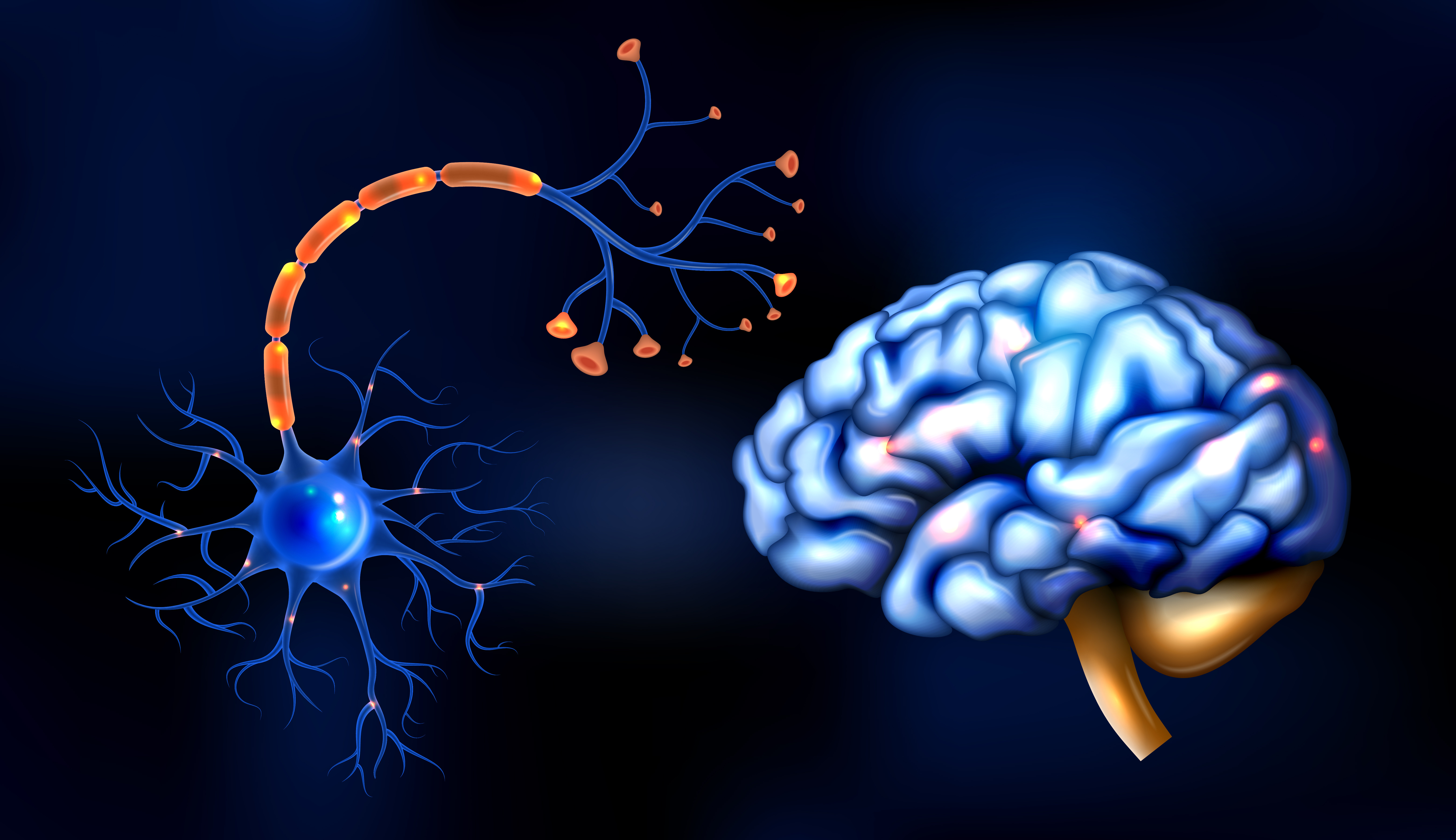Definisi
Drop hand atau wrist drop (tangan lemas) adalah sebuah kondisi yang disebabkan oleh kelumpuhan saraf radialis. Saraf radialis bercabang dari dekat tulang selangka, berjalan melewati lengan atas bagian belakang dan lengan bawah, hingga mempersarafi otot-otot yang dapat mengangkat pergelangan tangan dan jari-jari tangan. Drop hand merupakan kondisi yang cukup sering terjadi dan dapat terjadi pada seluruh usia.
Penyebab
Drop hand dapat disebabkan oleh berbagai macam kondisi, mulai dari luka tusuk, penekanan dari luar, hingga kekurangan nutrisi tertentu. Luka tusuk yang dapat menyebabkan drop hand adalah luka tusuk ke area bahu, tepat di bawah tulang selangka. Posisi ini merupakan tempat saraf radialis berjalan setelah bercabang dari kumpulan saraf yang lebih besar. Luka tusuk ini dapat menyebabkan saraf terpotong. Selain itu, patah tulang dapat menyebabkan cedera pada saraf ini, misalnya patah tulang lengan atas. Cedera saraf ini juga dapat diakibatkan oleh penggunaan kruk atau penopang terlalu lama, atau kebiasaan bertopang dagu yang terlalu sering. Penekanan ketiak pada ujung atas kursi, seperti yang sering dilakukan pada saat duduk ke arah samping, dapat pula menyebabkan drop hand, karena saraf radialis lewat di dekat ketiak. Fenomena ini yang menyebabkan drop hand memiliki nama lain Saturday night palsy (kelumpuhan Sabtu malam), karena posisi ini sering terjadi saat orang tertidur di kursi setelah mabuk akibat minum alkohol. Keracunan timbal dan kekurangan vitamin B1 (beri-beri) dapat pula menyebabkan drop hand. Penyakit lainnya seperti diabetes melitus dan lepra dapat pula menyebabkan kerusakan saraf tepi, salah satunya saraf radialis.
Faktor Risiko
Drop hand berisiko terjadi apabila seseorang melakukan gerakan berulang-ulang yang dapat mencederai saraf radialis. Gerakan ini dapat berupa penggunaan kruk/penopang untuk berjalan, mengayunkan palu, tidur dengan posisi lengan atas tergantung dan ketiak tertekan, serta penekanan pergelangan tangan oleh jam tangan, gelang, atau benda lainnya.
Gejala
Seperti namanya, gejala drop hand adalah ketidakmampuan mengangkat tangan atau jari. Selain itu, gejala lainnya dapat berupa :
- Nyeri pada bagian belakang luar lengan yang menjalar hingga punggung tangan dan bagian belakang ibu jari, telunjuk, dan jari tengah.
- Nyeri biasanya dijelaskan seperti terbakar, ditusuk-tusuk, atau ngilu.
- Rasa baal atau kesemutan pada bagian yang sama.
Drop hand biasanya terjadi pada satu sisi, namun jika terjadi pada kedua sisi, penyebab dapat dicurigai berasal dari penyakit yang menyerang berbagai bagian tubuh, seperti beri-beri atau keracunan timbal.
Diagnosis
Diagnosis drop hand dapat diawali dengan pertanyaan mengenai riwayat penyakit, cedera, konsumsi makanan, serta pekerjaan. Riwayat penyakit seperti penyakit saluran pencernaan dapat menyebabkan kurangnya vitamin B1. Riwayat tertidur di kursi beberapa hari sebelumnya dapat pula menjadi petunjuk penyebab drop hand. Riwayat konsumsi alkohol berlebih juga dapat menjadi penyebab kekurangan vitamin B1. Sementara itu, riwayat pekerjaan yang dapat terkait dengan drop hand adalah riwayat cedera saat bekerja, serta riwayat bekerja dengan cat tembok, cat lukis, dan pipa air, karena dapat terkait dengan keracunan timbal. Penggunaan kruk terlalu lama dapat pula menjadi penyebab drop hand.
Pemeriksaan dapat dilakukan secara langsung ataupun dengan bantuan alat. Pada pemeriksaan langsung, Anda dapat diminta untuk mengangkat tangan Anda atau melakukan gerakan seperti adu panco untuk menguji kekuatan tangan Anda. Anda juga dapat diminta untuk menggerakkan jari-jari Anda untuk memastikan saraf yang bermasalah. Dokter juga dapat melakukan pengetukan pada lengan Anda, untuk memeriksa refleks otot trisep pada lengan atas Anda.
Selain pemeriksaan langsung, pemeriksaan penunjang dapat pula dilakukan. Pemeriksaan elektromiografi (EMG) berfungsi untuk memeriksa hantaran listrik dari ujung saraf ke otot. Pemeriksaan ini dapat dilakukan untuk mengecek posisi saraf radialis yang mulai terganggu. Pemeriksaan foto rontgen dapat pula dilakukan untuk mengecek adanya patah tulang atau pertumbuhan tulang yang tidak normal, mulai dari tulang pergelangan tangan, tulang lengan atas, hingga daerah pundak. Selain itu, pemeriksaan Magnetic Resonance Imaging (MRI) dapat dilakukan untuk mengecek adanya penekanan saraf atau kerusakan pada daerah percabangan saraf. Ultrasonografi (USG) dapat pula dilakukan untuk mencari kerusakan saraf akibat cedera.
Pemeriksaan laboratorium yang dapat dilakukan berupa pemeriksaan gula darah serta HbA1c untuk melihat kontrol gula darah, pemeriksaan kadar timbal, pemeriksaan kadar vitamin B12, pemeriksaan Antinuclear Antibody (ANA) untuk mengetahui adanya kemungkinan penyakit autoimun (sistem kekebalan tubuh menyerang diri sendiri), pemeriksaan kadar hormon tiroid berupa Thyroid-Stimulating Hormone (TSH) dan fT4, serta pemeriksaan BTA jika ada kecurigaan lepra.
Tata Laksana
Tata laksana drop hand dilakukan dengan pembidaian dan terapi fisik. Pembidaian terutama dilakukan apabila penyebab drop hand adalah cedera yang menyebabkan kerusakan saraf. Pembidaian bertujuan untuk membatasi ruang gerak tangan agar tidak menyebabkan kerusakan lebih lanjut. Jika terdapat patah tulang, penggunaan gips atau pembedahan untuk memasang alat fiksasi dapat dilakukan agar pemulihan lebih cepat dan teratur. Setelah pemulihan berjalan, terapi fisik akan dimulai sedini mungkin agar otot-otot tangan tidak mengecil dan kehilangan fungsinya.
Jika drop hand disebabkan oleh diabetes melitus, kontrol gula darah dengan konsumsi obat, mengatur pola makan sehat, serta aktivitas fisik teratur dapat mencegah perburukan gejala. Jika drop hand dicurigai akibat lepra, pengobatan akan dilakukan dalam jangka panjang, tergantung keparahan penyakitnya.
Pada beberapa kondisi, pembedahan dapat menjadi pilihan terapi. Pembedahan dapat bertujuan untuk melepaskan tekanan pada saraf, menyambungkan saraf yang putus (reanastomosis), atau menyambungkan tendon (sambungan otot dan tulang) agar otot-otot tangan dapat diluruskan pada kasus kerusakan saraf radialis yang tidak dapat disembuhkan.
Penderita drop hand sangat disarankan untuk mengurangi atau tidak mengonsumsi alkohol, serta mengatur pola makan agar gizi yang didapatkan cukup serta gula darah tidak berlebih. Selain itu, obat nyeri seperti ibuprofen dapat digunakan apabila ada keluhan nyeri. Berikut ini adalah beberapa hal yang perlu diperhatikan dalam beraktivitas:
- Hindari aktivitas yang berpotensi menekan ketiak atau bahu
- Hindari gerakan berulang yang meluruskan pergelangan tangan atau memutar lengan bawah, seperti memalu
- Lakukan latihan sesuai anjuran dokter atau terapis untuk menjaga sendi-sendi lengan dan tangan tetap memiliki range of motion (ROM) penuh
- Hindari penggunaan jam tangan, gelang, atau benda lainnya yang berpotensi menekan pergelangan tangan
Komplikasi
Komplikasi drop hand adalah kerusakan saraf radialis yang bersifat permanen. Kerusakan saraf ini dapat ditandai dengan kelumpuhan pada otot-otot yang berfungsi untuk meluruskan tangan serta rasa baal pada punggung tangan. Biasanya, drop hand yang disebabkan oleh cedera akan sembuh total dalam 2-4 bulan. Namun, jika pada jangka waktu 8-10 minggu tidak terjadi perbaikan gejala, pembedahan dapat menjadi pilihan untuk membebaskan tekanan pada saraf.
Pencegahan
Kerusakan pada saraf radialis secara umum dapat dicegah dengan menghindari tekanan terlalu besar pada lengan atas dan ketiak. Pencegahan dapat pula dilakukan dengan menghindari gerakan berulang yang dapat merusak saraf radialis, seperti memalu. Jika pekerjaan Anda melibatkan gerakan berulang, lakukan istirahat sesering mungkin dan lakukan pekerjaan yang melibatkan gerakan lainnya secara bergantian. Selain itu, pencegahan dapat pula dilakukan dengan memastikan posisi duduk dan tidur tidak menekan bahu, siku, atau pergelangan tangan.
Kapan Harus ke Dokter?
Segeralah ke dokter apabila Anda atau orang di sekitar Anda mengalami cedera pada lengan yang dapat berpotensi patah tulang. Patah tulang, terutama pada lengan atas, merupakan penyebab tersering drop hand. Selain itu, segeralah ke dokter apabila Anda atau orang di sekitar Anda kesulitan meluruskan atau menggenggam tangan. Hal ini dapat merupakan tanda awal dari drop hand. Drop hand dapat pulih sepenuhnya, namun ada pula yang menyisakan sedikit gejala atau bahkan tidak dapat pulih. Konsultasi kepada dokter dapat membantu Anda memilih terapi terbaik agar tangan Anda dapat berfungsi dengan optimal.
Mau tahu informasi seputar penyakit lainnya? Cek di sini, ya!
- dr Nadia Opmalina
Badii, C. (2018). Beriberi: Overview, Causes, and Symptoms. Retrieved 12 December 2021, from https://www.healthline.com/health/beriberi
DeCastro, A., & Keefe, P. (2021). Wrist Drop. Retrieved 12 December 2021, from https://www.ncbi.nlm.nih.gov/books/NBK532993/
Jamal, N. (2021). Radial Mononeuropathy: Background, Pathophysiology, Epidemiology. Retrieved 12 December 2021, from https://emedicine.medscape.com/article/1141674-overview#showall
Martel, J. (2019). Injury of Radial Nerve: Causes, Symptoms & Diagnosis. Retrieved 12 December 2021, from https://www.healthline.com/health/radial-nerve-dysfunction#prevention












